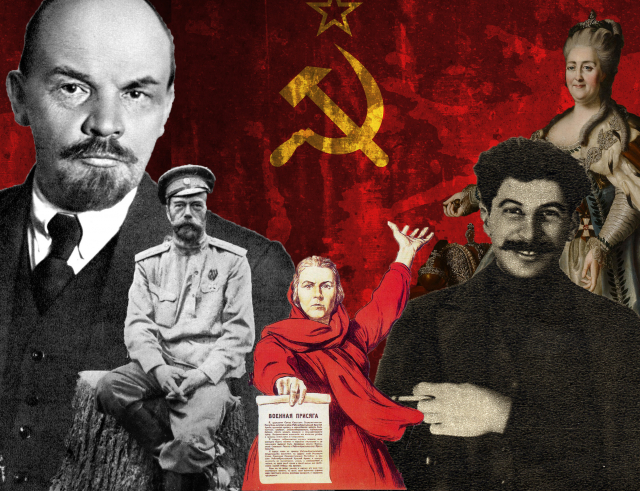The Fall of the USSR: Unraveling the Soviet Union's Demise
Introduction:
The collapse of the Union of Soviet Socialist Republics (USSR) in 1991 marked a seismic event that reshaped the political landscape of the 20th century. From its establishment in 1922, the USSR had been a dominant global power, but internal pressures, economic stagnation, and a desire for political reform ultimately led to its downfall. In this blog, we will explore the factors that contributed to the fall of the USSR, the key events that unfolded during this period, and the enduring legacy of this historic transformation.
1. Economic Stagnation and Central Planning:
One of the primary factors behind the fall of the USSR was its economic stagnation. The Soviet Union's centrally planned economy, which had thrived in the early years, began to show signs of strain in the 1970s. A combination of inefficient resource allocation, a lack of market mechanisms, and a bloated bureaucracy hindered productivity and innovation. As a result, the Soviet economy struggled to keep pace with the technological advancements and economic growth experienced by the West.
2. Political Reform and Glasnost:
Mikhail Gorbachev's ascent to power in 1985 marked a turning point in the Soviet Union's history. Gorbachev introduced a series of reforms aimed at revitalizing the Soviet economy and political system. Glasnost, meaning "openness," sought to foster transparency, freedom of expression, and political liberalization. However, these reforms unleashed a wave of long-suppressed grievances and demands for greater autonomy among the republics within the USSR.
3. Nationalism and Independence Movements:
Nationalism played a crucial role in the fall of the USSR. As political reforms took hold, it created an opportunity for various nationalist movements to rise across the Soviet republics. The Baltic states of Estonia, Latvia, and Lithuania were among the first to challenge Soviet authority, seeking independence from Moscow. Other republics, such as Ukraine, Armenia, and Georgia, followed suit, demanding greater autonomy or complete secession from the USSR.
4. Economic Crisis and Perestroika:
Gorbachev's second major reform, perestroika, aimed to restructure and modernize the Soviet economy. However, the implementation of perestroika brought unintended consequences. State enterprises faced difficulties adapting to market-oriented reforms, leading to further economic decline. Shortages of essential goods, inflation, and declining living standards further eroded public support for the Soviet system.
5. The August Coup and the End of the USSR:
In August 1991, a group of hardline communist officials attempted a coup against Gorbachev, aiming to halt the reforms and maintain centralized control. However, their efforts were met with widespread resistance and protests. Boris Yeltsin, the president of the Russian Soviet Federative Socialist Republic, emerged as a key figure in opposing the coup. Ultimately, the coup failed, further delegitimizing the Soviet government and accelerating the disintegration of the USSR.
6. Dissolution and Aftermath:
On December 25, 1991, the Soviet Union was officially dissolved, and the Commonwealth of Independent States (CIS) was established. The former Soviet republics became independent nations, with Russia emerging as the successor state to the USSR. The aftermath of the collapse was marked by political, social, and economic challenges, as these newly independent nations struggled to establish stable governance structures and transition to market-based economies.
Conclusion:
The fall of the USSR represented a monumental event in world history, reshaping global politics and marking the end of the Cold War era. Economic stagnation, political reform, nationalism, and the August Coup were critical factors that led to the disintegration of the Soviet Union. The

Comments
Post a Comment